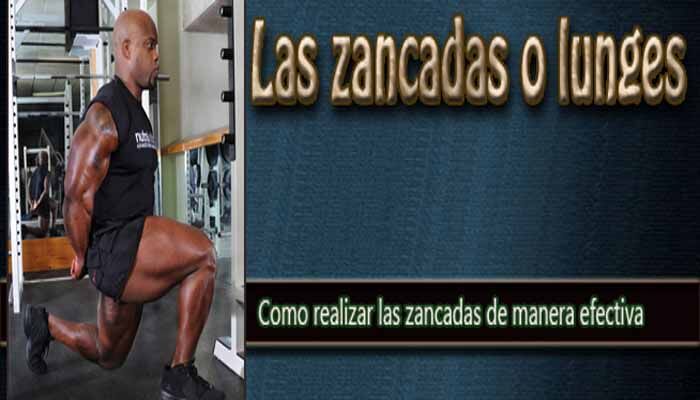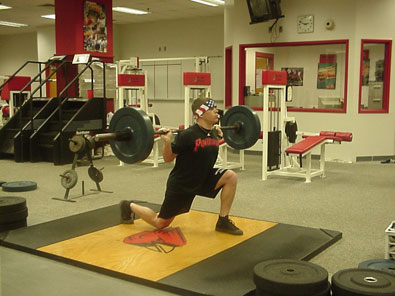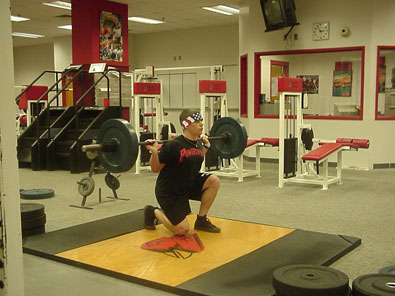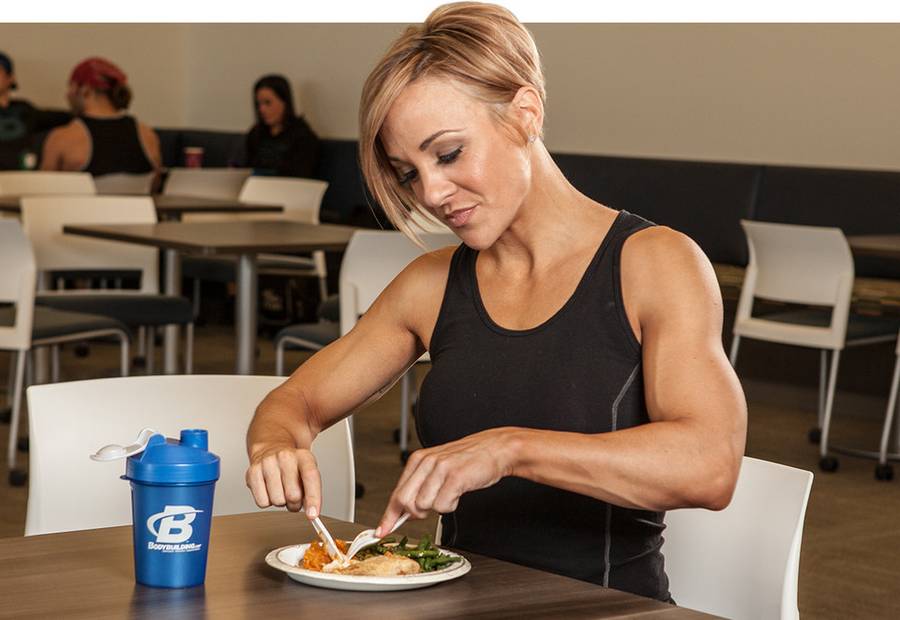lunges or strides in Spanish, are one of the best exercises you can do in the gym to develop your quadriceps. Unfortunately, most people do not know how to perform this exercise properly.
If your goal is to achieve greater performance, greater muscle volume, or more strength, rest assured that strides can help you get there. This exercise may not be as appealing as a big squat or deadlift, but once you’ve learned to perfect the technique, it’s one of the most powerful exercises in your weight training arsenal.
This exercise is amazing for many reasons. First of all, you need very little equipment to do it. You only need two dumbbells and very little space.
Another great aspect of striding is that it lends itself well to progress. With a squat or deadlift, the best way to “progress” is to add weight. With strides, there are a whole series of progressions and variations that you can use to continually challenge yourself.
Lunges are also good for balancing the strength between the legs and the development of the entire thigh.

How to do the strides correctly.
Let’s learn how to do them properly first:
To correctly perform a stride , we will start with an upright posture. One of the best signals you can use here is to make yourself “taller”, as it simultaneously improves posture and activates the core muscles. Once we have achieved this position, take a step outward, landing softly on the heel.
Lower yourself under control to a point where your back knee is just above (but not touching) the ground. Keep the core tight and then march back the heel to the starting position. While it can be very technical when approached properly, a good stride looks smooth and effortless.
Deeper explanation about strides.
Two issues that are often pointed out when doing this exercise are stride length and point of propulsion. Changing these two elements radically changes the areas worked.
Stride length
The shorter the step, the more dominant the quadriceps movement will be. There is an increasing need for ankle flexion, and there is not going to be a relative decrease in knee flexion (you are not going to go that low). This makes the quadriceps work much more.
On the other hand, a longer stride decreases the dorsiflexion of the ankle and increases the relative amount of flexion of the knee. In essence, you will go “deeper”, increasing the activation of the posterior chain (glutes and hamstrings).
Point of Propulsion
The same rules apply for the propulsion point. If you push out with the midfoot to the front of the foot, you will increase the relative load on the quadriceps. Pressing through your heel will increase the relative load on the rear chain.
Here are two final examples to clarify these concepts:
1. A long stride , where your propulsion point is the heel, will be a dominant movement of the hips and glutes.

2. A short stride , where your propulsion point is the midfoot will be a very dominant movement for the quadriceps.


